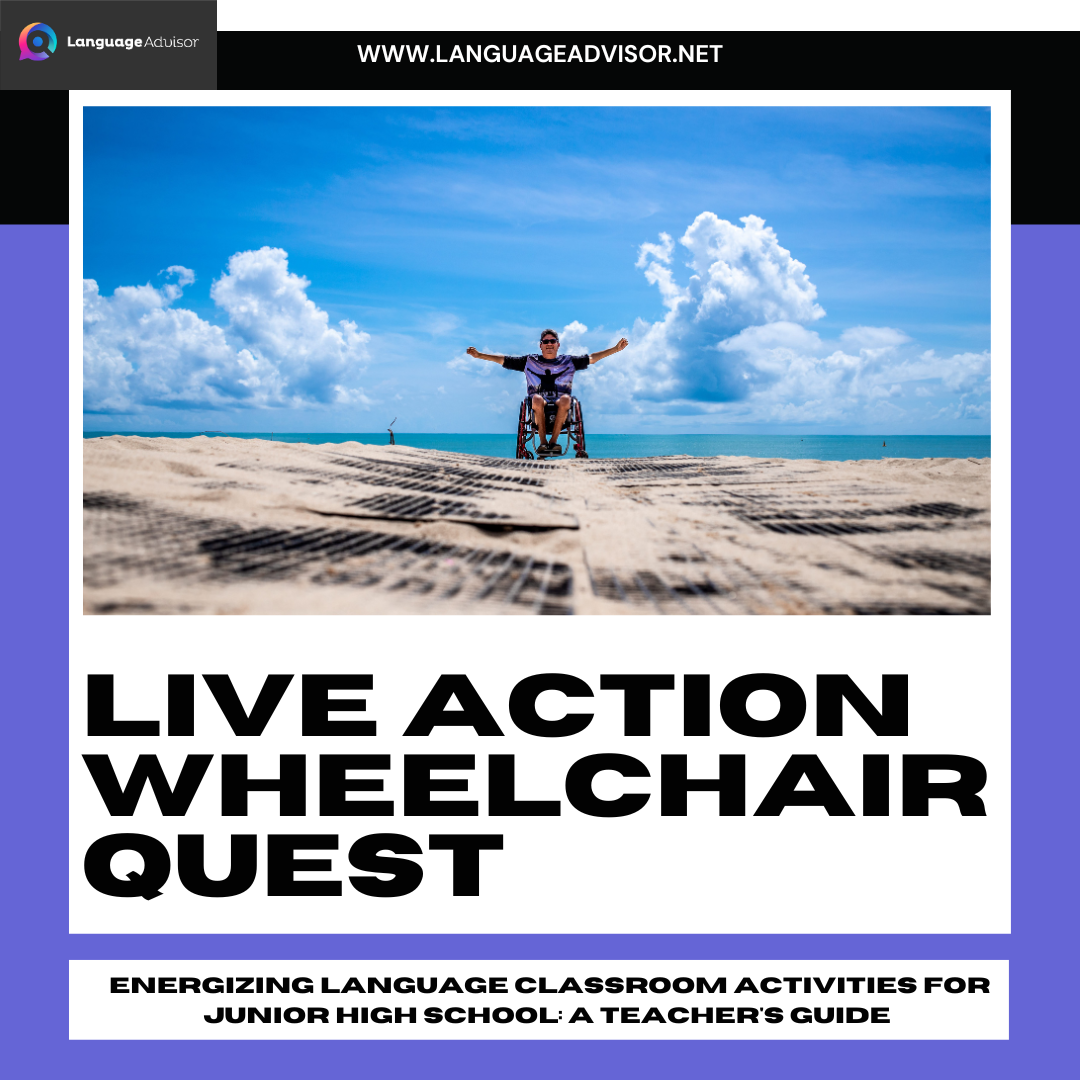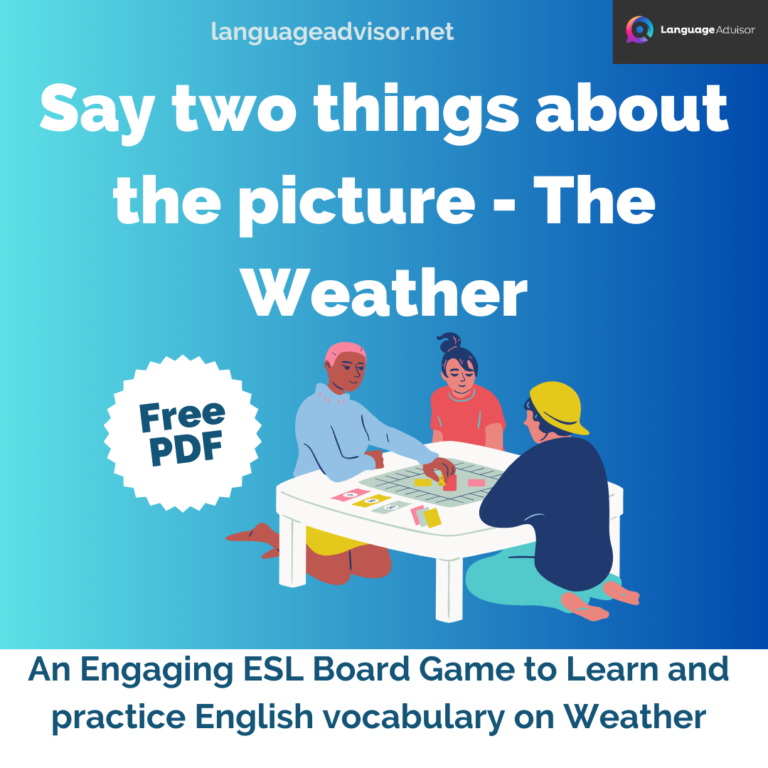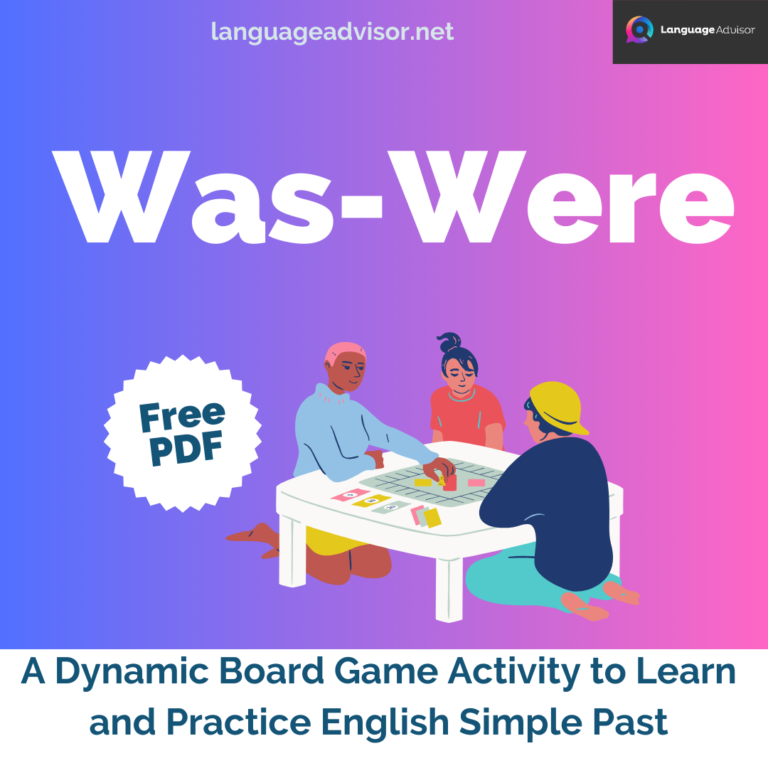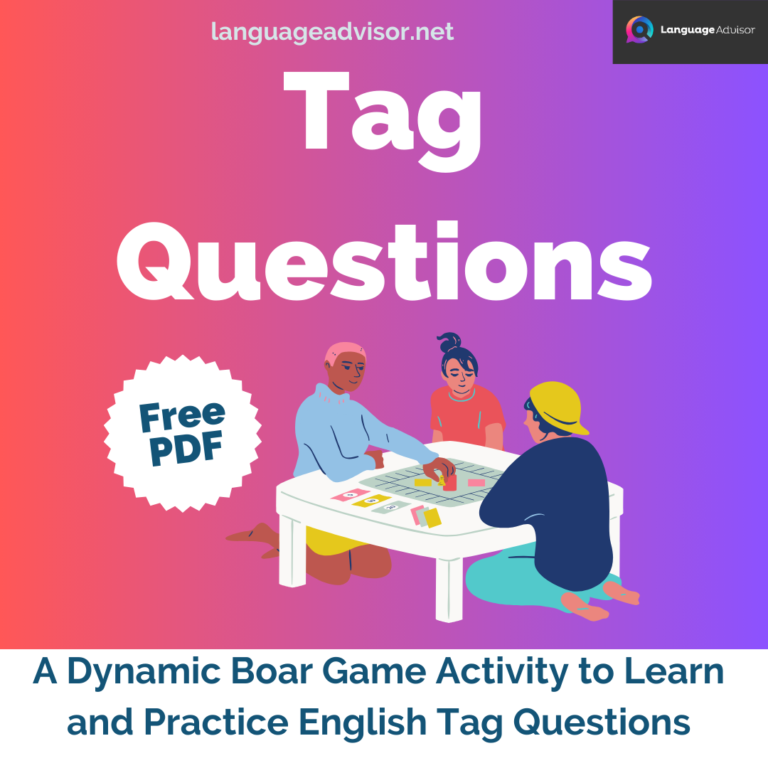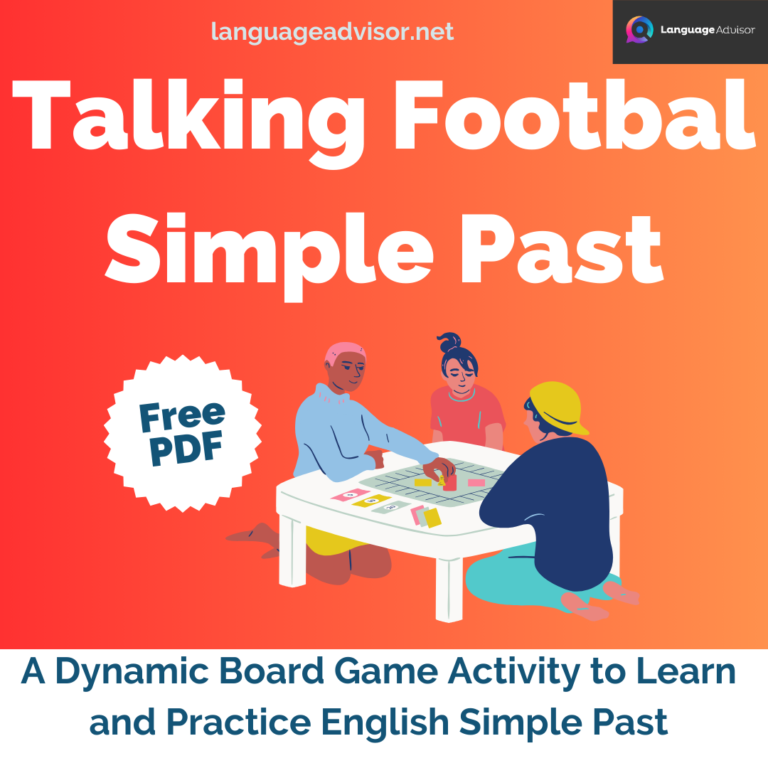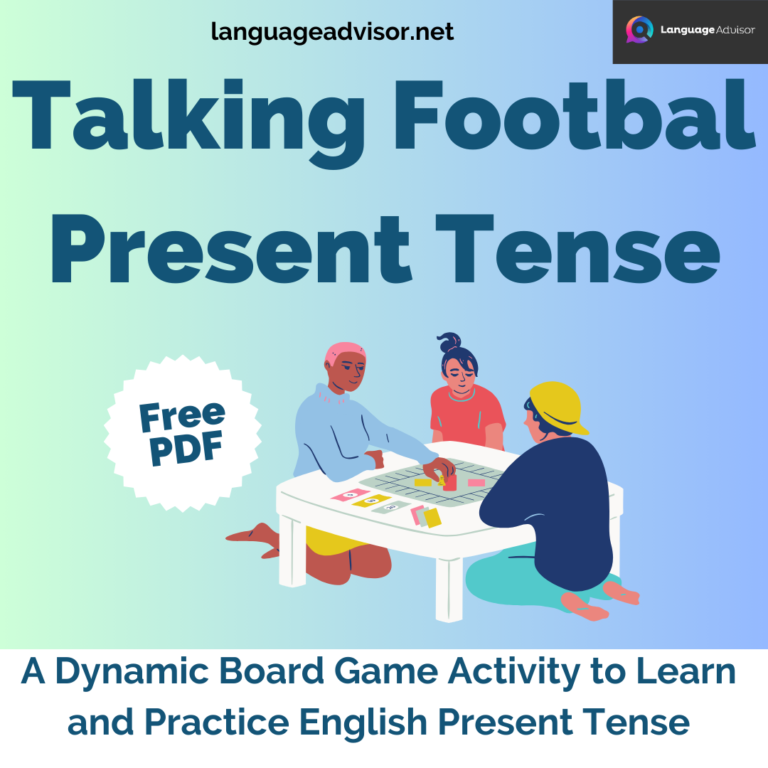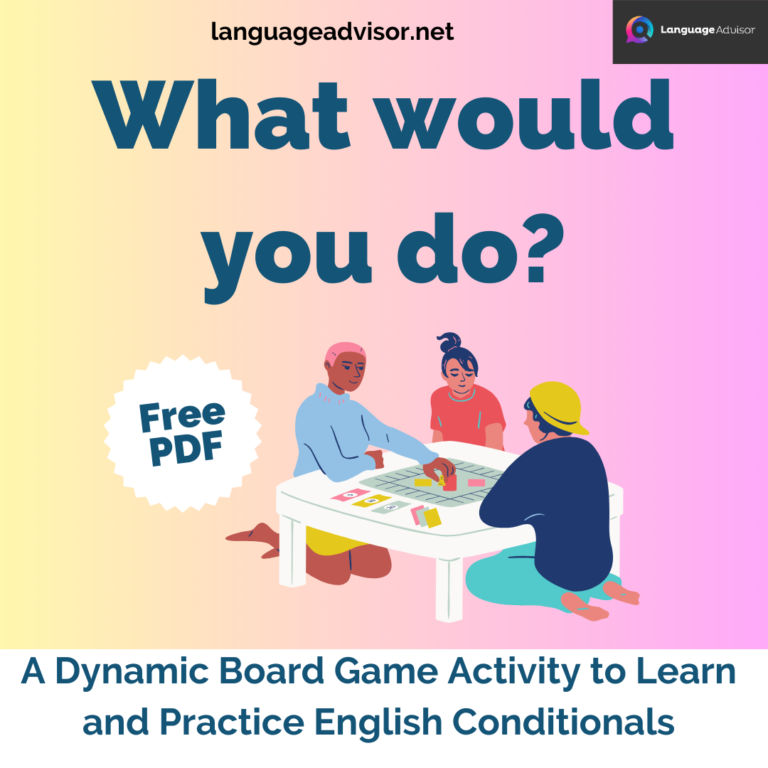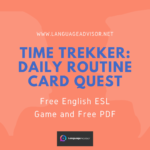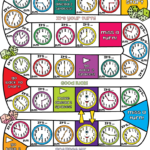LIVE ACTION WHEELCHAIR QUEST. Energizing Language Classroom Activities for Junior High School: A Teacher’s Guide
LIVE ACTION WHEELCHAIR QUEST

Energizing Language Classroom Activities for Junior High School: A Teacher’s Guide
Junior high school students often find language classes challenging, but as a language teacher, you have the power to transform these challenges into engaging learning experiences. Classroom activities are the key to achieving this transformation. These activities not only make learning enjoyable but also foster a deeper understanding of the language, leading to improved fluency and proficiency. In this blog post, we will explore a diverse range of innovative and interactive language classroom activities designed specifically for junior high school students. Whether you’re looking to enhance vocabulary retention, boost conversational skills, or make grammar lessons more enjoyable, this guide will provide you with a rich array of strategies to create a dynamic and effective learning environment for your students. Let’s embark on this journey to energize your language classroom and inspire your students to become passionate language learners.

LIVE ACTION WHEELCHAIR QUEST
Target Group: All grades of JHS (Physical & Mental) Special Needs (designed for wheelchair use
Difficulty Level: Fundamentals
Activity Objective: To enjoy learning and practicing directional vocabulary
LIVE ACTION WHEELCHAIR QUEST: Procedure
- Begin by introducing directional vocabulary using Vocabulary Cards, using movement, pictures, and language. Practice saying each word in English, and again using movement.
- Next, watch the video “The Directions Song” found on YouTube. Watch the video with students. After showing the video once, watch it again, this time inviting students to move their wheelchairs with the directional vocabulary in video or ask students` aids to move the wheelchairs, creating a “Dance/Sing Along Experience”.
- Invite students to play the game, themselves becoming the game pieces! On a small game board, students begin at a designated point outside the board. On a large game board, students begin within a square on the game board. One by one, students roll the die by knocking it off their wheelchair tabletop. Then, they move according to the die. Once they arrive at the GOAL square, they win! Play as long as time allows.
Materials and Preparation
Over-sized Die: Use a cardboard box and resize it to make a cube with each side measuring 3 meters. Then, cover the cardboard with kid-friendly, soft felt. Next, write a different directional vocabulary word and a matching, simple picture on each side of the die.
Game Board: Use (approved) colourful, wide tape to create an over-sized grid directly on the floor. Each square should be large enough to accommodate a student`s wheelchair. Use brightly coloured paper to indicate the students “START squares” and the “GOAL” or winning square within the game board.
TV/Internet Access: Cue the video “The Directions Song” found on YouTube and use the video to help introduce and practice directional vocabulary.
Vocabulary Cards: Create and laminate large cards featuring each directional vocabulary word in English. Also include a matching, simple picture to help comprehension.
Suggestions and Advice
*When making the die, an extra face could be assigned a “Roll Again” or “No Move” function. *The game board should have at least 9 squares.
*On a small game board, students “start” at a designated point outside the board. On a large game board, students begin within a square on the game board. Adjust as needed.
*Because the goal is to teach and practice directions, consider the direction that each student`s wheelchair is facing. Students may try to turn their wheelchair within a square before moving to another square to make their roll more advantageous. Advise students that once they enter the game board, the direction they face should align with their rolls.
*There may be places on the game board on which students are not able to move all directions as rolled. If this situation happens, please review with students what directions they could go. If one is not rolled, the roll is considered a PASS.
*To increase difficulty and/or refresh the game, create actions or different functions for various squares on either the game board and/or die. For example: a QUIZ square, a “go back to start” square, a “sing a song square”, etc.
*Themes could also easily be added to this game. For example: for a jungle theme, add explorer hats and themed action squares. For a bakery theme add aprons and make the GOAL square the bakery.

Energizing Language Classroom Activities for Junior High School
In the world of language teaching, fostering a love for learning and effective communication is our ultimate goal. By implementing these engaging classroom activities for junior high school students, you are not only enhancing their language skills but also creating an environment where curiosity, creativity, and enthusiasm thrive. As we wrap up our exploration of these energizing language activities, remember that your role as a teacher is invaluable, and your dedication to making language learning exciting and impactful is what sets the stage for your students’ future success.
So, continue to innovate, adapt, and personalize these activities to suit the unique needs and interests of your students. Watch as their confidence soars, their vocabulary expands, and their ability to communicate fluently grows. With your guidance and these engaging activities in your teaching toolbox, you are well on your way to inspiring a new generation of confident and capable language learners. The journey to language proficiency may be challenging, but with your passion and these activities, it is always an exciting one.
Happy teaching!

Also check out these articles on teaching, teaching methods and teaching tools


